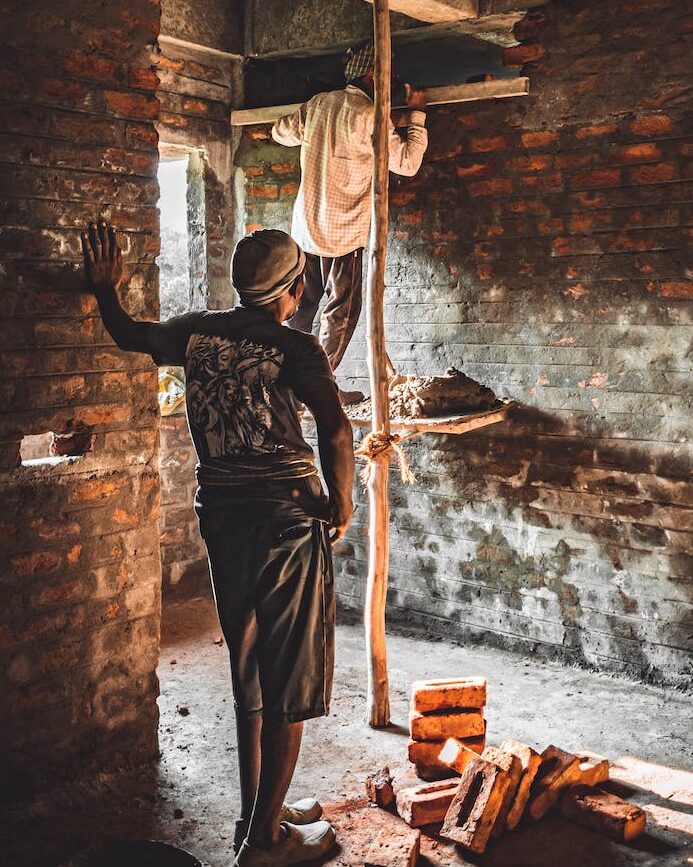
Masonry Hazards and Precautions
Introduction
Masonry Hazards and Precautions : Masonry work, which involves the construction or repair of structures using bricks, blocks, or stone, is a common and essential part of the construction industry. However, it also presents several hazards that can pose risks to workers’ safety. To ensure a safe work environment, it’s crucial to be aware of these hazards and implement precautionary measures. In this article, we will explore common masonry hazards and the precautions that should be taken to mitigate them.
Masonry Hazards:
- Falling Objects: One of the most significant hazards in masonry work is the risk of objects, such as bricks, blocks, or tools, falling from heights. These falling objects can cause serious injuries to workers below.
- Manual Handling and Lifting: Workers often have to manually handle and lift heavy masonry materials, which can lead to strains, sprains, and musculoskeletal injuries if proper lifting techniques are not followed.
- Exposure to Dust and Silica: Cutting, grinding, or drilling masonry materials generates dust, including crystalline silica particles, which, if inhaled over time, can lead to respiratory issues such as silicosis.
- Cuts and Abrasions: Masonry work involves the use of sharp tools, such as chisels and saws, which can lead to cuts and abrasions if not handled with care.
- Trips and Falls: Uneven surfaces, debris, and clutter around the masonry work area can lead to trips and falls, resulting in injuries.
- Chemical Exposure: Handling mortar mixtures and cleaning agents may expose workers to chemicals that can be harmful if not used properly.
Precautions to Ensure Safety:
- Personal Protective Equipment (PPE): Workers should wear appropriate PPE, including hard hats, steel-toed boots, safety glasses, hearing protection, and dust masks or respirators to protect against various hazards.
- Fall Protection: Use guardrails, safety nets, or personal fall arrest systems when working at heights to prevent falling objects and protect workers from falls.
- Safe Lifting Techniques: Train workers on proper lifting techniques, and provide mechanical aids, such as hoists or forklifts, when handling heavy materials.
- Dust Control: Implement dust control measures, such as wet cutting or the use of dust extraction systems, to minimize the generation and inhalation of silica dust.
- Tool Safety: Ensure that all tools are in good condition, properly maintained, and used according to manufacturer guidelines. Workers should also be trained in their safe use.
- Adequate Lighting: Maintain adequate lighting in work areas to reduce the risk of accidents, especially in dimly lit spaces.
- Proper Ventilation: Ensure proper ventilation when working in enclosed spaces where dust and fumes can accumulate.
- Training and Education: Provide comprehensive training to workers on masonry hazards, safe work practices, and emergency procedures.
- Housekeeping: Keep the work area clean and organized to minimize trip hazards and the potential for falling objects.
- Chemical Safety: Store and handle chemicals according to safety data sheets (SDS) and provide workers with proper training on chemical hazards and safe handling procedures.
Hydrotest Hazards and Precautions
48150 Occupational Health and Safety
Electric Car Fire Extinguishers
Hot Work Hazards and Precautions
Conclusion
Masonry work plays a vital role in construction, but it comes with inherent hazards that can lead to accidents and injuries. By implementing safety precautions and providing proper training, employers can create a safer working environment for masonry workers. It is essential for both employers and workers to be vigilant and proactive in identifying and mitigating masonry-related hazards to ensure the well-being of everyone on the job site.
























